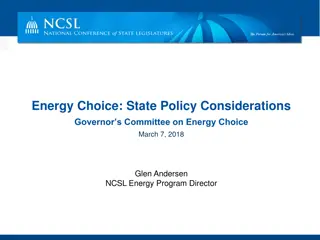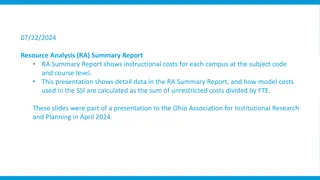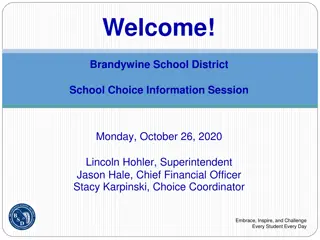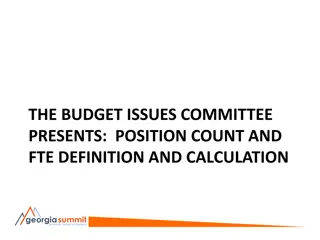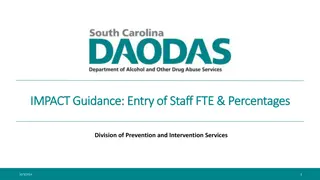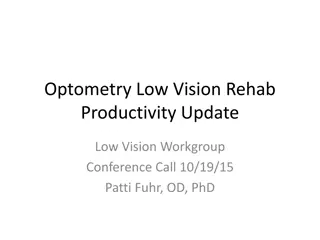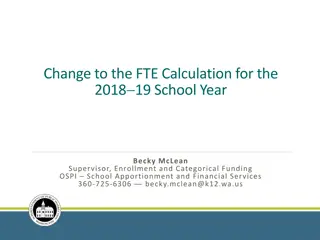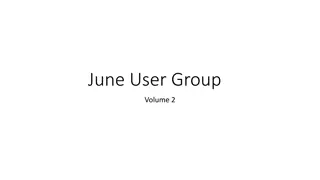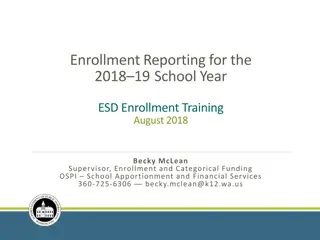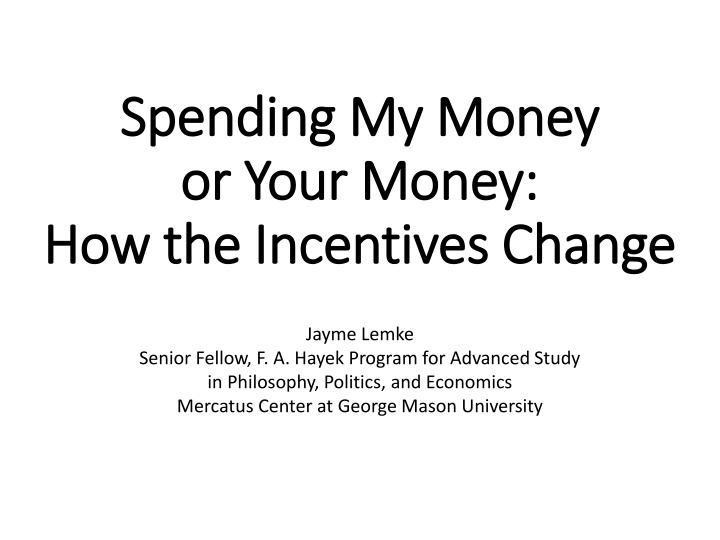
Government Spending and Public Choice Economics
Explore the dynamics of government spending, public choice economics, and the Constitutional dilemma. Dive into how incentives shape individual and collective decision-making in public policy. Gain insights on the complexities of political institutions and the consequences of different behaviors.
Download Presentation

Please find below an Image/Link to download the presentation.
The content on the website is provided AS IS for your information and personal use only. It may not be sold, licensed, or shared on other websites without obtaining consent from the author. If you encounter any issues during the download, it is possible that the publisher has removed the file from their server.
You are allowed to download the files provided on this website for personal or commercial use, subject to the condition that they are used lawfully. All files are the property of their respective owners.
The content on the website is provided AS IS for your information and personal use only. It may not be sold, licensed, or shared on other websites without obtaining consent from the author.
E N D
Presentation Transcript
Spending My Money Spending My Money or or Your Money: Your Money: How the How the Incentives Change Incentives Change Jayme Lemke Senior Fellow, F. A. Hayek Program for Advanced Study in Philosophy, Politics, and Economics Mercatus Center at George Mason University
Making Sense of Scale From betterexplained.com: 1 second is 1 second 1 million seconds is 12 days (a vacation) 1 billion seconds is 30 years (a career) 1 trillion seconds is 30,000 years (longer than human civilization) Total Federal, State, and Local Spending in 2017 was roughly $7.2 trillion Tax Freedom Day in 2019 was April 16 At the end of 2019, Federal debt was $22.8 trillion.
Making Sense of Government Spending Individual and collective choice operate differently The dinner party and the social dilemma Politics without romance--looking at people, institutions, and practices as they are, not as we wish them to be
Public Choice Economics The positive analysis of political institutions and the behaviors and consequences that result Counterpart to public interest theory, which focuses on figuring out which outcome would be best Focus in public choice is instead on which outcomes are feasible given constraints and most likely given the incentives currently in place Includes recognition of unintended consequences intention is not enough to guarantee results
Public Choice Economics: two levels of analysis Constitutional level the rules of the game that determine how we make rules and set the foundational terms for the exercise of power Federalist #1: it seems to have been reserved to the people of this country, by their conduct and example, to decide the important question, whether societies of men are really capable or not of establishing good government from reflection and choice, or whether they are forever destined to depend for their political constitutions on accident and force. Can we use reflection and choice to design rules that will peacefully reconcile differences while limiting principle- agent problems in representative government? Can we hold power with each other rather than power over each other?
Public Choice Economics: two levels of analysis Postconstitutional realm of everyday politics What are the capabilities and motivations of the ordinary men and women tasked with carrying out the activities of government within the established constitutional rules? Incentives Are the rewards of politics consistent with acting in the interest of the whole public? Knowledge If incentives were set to reward the right behaviors, do representatives and administrators have the knowledge to figure out what the right choice is?
Deficits, debt, and debasement Constitutional space for special interests was designed as an important protection against the tyranny of the majority This protection created the space for the possibility of logrolling and excessive spending Particularly when governments are able to run deficits, they are able to satisfy more interest groups, which has the long term effect of contributing to debt
Deficits, debt, and debasement Options once debt is accumulated are: (1) paying off debt with further debt, pushing the problem forward onto future generations (the least well organized interest group) or (2) paying off debt by printing money, which lowers the value of existing dollars (debasement) and risks hyperinflation (3) tightening the public debt until debt is paid down but that s generally inconsistent with reelection
Deficits, debt, and debasement Constitutional political economy suggests the only way out is radical reform in the rules by which governments are allowed to make spending decisions A return to the classical fiscal principle of balanced budgets Sunset clauses to address the problem of the accumulation of financial commitments Stricter limits on scope of political authority, especially at the highest levels that are going to be more prone to the pathologies that cause over-spending.
Implications The goal of the public choice research program is to remove the romantic blinders so we can better understand the real functioning of political institutions. This is our best hope to be able to use reflection and choice to devise better constitutional rules and better post-constitutional practices that could help people engage in cooperative projects together, but within reasonable boundaries that take scarcity seriously.
Further Reading Boettke, Peter J. and Coyne, Christopher J., The Debt- Inflation Cycle and the Global Financial Crisis (February 1, 2011). Global Policy, Vol. 2, No. 2, pp. 184-189







